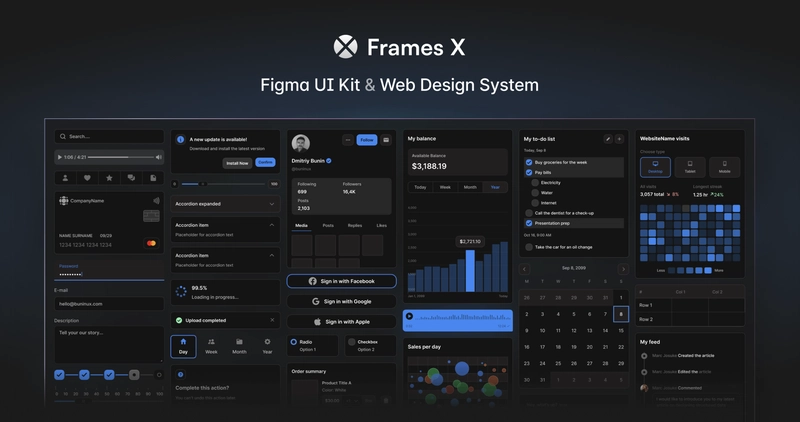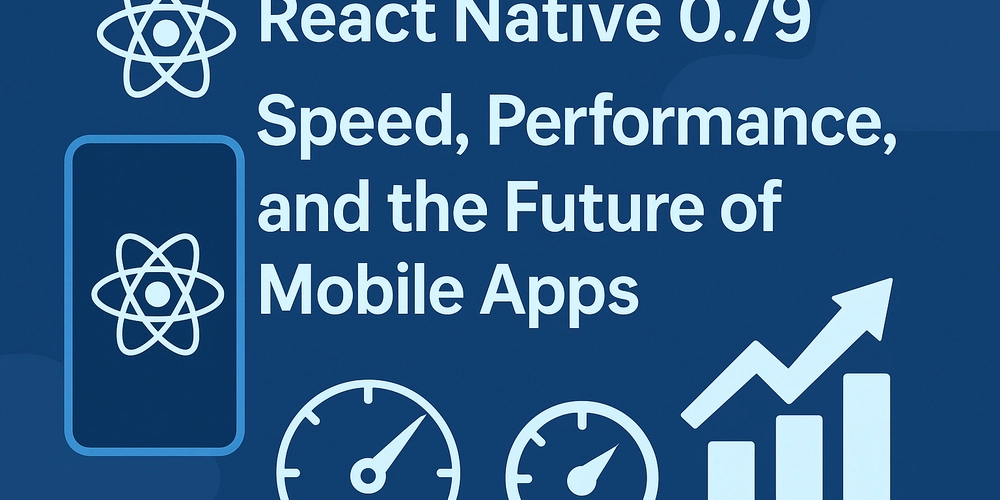Building Resilient IT Systems Post-Pandemic: A 2025 Perspective
Introduction: The pandemic was a wake-up call for IT leaders worldwide, exposing weaknesses in legacy IT systems and showcasing the critical need for greater agility in digital infrastructures. Now, in 2025, the focus is no longer on merely surviving disruptions, but on building IT systems that are resilient and adaptive to ongoing uncertainty. IT resilience, a crucial factor, integrates flexibility, security, and adaptability into every layer of the technology stack. Here's how organizations are enhancing resilience in a post-pandemic world. 1. Cloud-Native and Distributed by Design In 2020, cloud adoption was driven by necessity; by 2025, cloud-native architectures are integral to building resilient IT systems. Technologies like microservices, Kubernetes, and serverless computing enable organizations to design systems that can scale, recover rapidly, and self-heal in the face of failure. Multi-cloud and hybrid cloud strategies empower businesses to remain adaptable by dynamically shifting workloads in response to system outages, demand spikes, or geopolitical disruptions. 2. Automation as a Key Resilience Driver Manual processes were a major limitation during the pandemic. Now, automation serves as the backbone of IT system resilience. From provisioning infrastructure to incident response, automation minimizes human errors and reduces recovery times. By 2025, AI-driven IT operations (AIOps) are revolutionizing how IT systems detect, diagnose, and resolve issues. Predictive analytics, intelligent alerting, and automated playbooks allow IT teams to focus more on innovation than fire-fighting. 3. Cybersecurity as a Built-In Priority During the pandemic, remote work and cloud usage significantly expanded, broadening the attack surface. Resilient systems in 2025 operate with a zero-trust security model that integrates identity verification, encryption, and access control at every layer. Companies are proactively investing in continuous threat monitoring, automated patching, and real-time response mechanisms to keep pace with increasingly sophisticated cyber threats. 4. Data Resilience: Beyond Backups In 2025, data is treated as a resilience asset, rather than just a resource. Data continuity becomes a core focus, with businesses adopting real-time replication, geo-distributed storage, and immutable data snapshots. These systems safeguard businesses against disasters like ransomware and natural disruptions. Additionally, data observability tools help detect data quality issues before they escalate and impact critical operations or analytics. 5. Culture and Collaboration: The Human Element While technical tools are essential, true resilience also requires a strong organizational culture. Remote and hybrid work environments demand efficient collaboration platforms and DevSecOps practices that allow teams to act quickly. In 2025, resilient IT systems are supported by empowered and decentralized teams who are trained to collaborate under pressure and drive business innovation. Final Thoughts The pandemic permanently reshaped the IT landscape, driving organizations to innovate and prioritize resilience. Building resilient IT systems in 2025 is not just about preparing for the next crisis but also about cultivating adaptive, scalable systems that can thrive in uncertainty. Resilience is no longer an optional feature; it’s the foundation of modern IT systems.

Introduction:
The pandemic was a wake-up call for IT leaders worldwide, exposing weaknesses in legacy IT systems and showcasing the critical need for greater agility in digital infrastructures. Now, in 2025, the focus is no longer on merely surviving disruptions, but on building IT systems that are resilient and adaptive to ongoing uncertainty. IT resilience, a crucial factor, integrates flexibility, security, and adaptability into every layer of the technology stack. Here's how organizations are enhancing resilience in a post-pandemic world.

1. Cloud-Native and Distributed by Design
In 2020, cloud adoption was driven by necessity; by 2025, cloud-native architectures are integral to building resilient IT systems. Technologies like microservices, Kubernetes, and serverless computing enable organizations to design systems that can scale, recover rapidly, and self-heal in the face of failure.
Multi-cloud and hybrid cloud strategies empower businesses to remain adaptable by dynamically shifting workloads in response to system outages, demand spikes, or geopolitical disruptions.
2. Automation as a Key Resilience Driver
Manual processes were a major limitation during the pandemic. Now, automation serves as the backbone of IT system resilience. From provisioning infrastructure to incident response, automation minimizes human errors and reduces recovery times.
By 2025, AI-driven IT operations (AIOps) are revolutionizing how IT systems detect, diagnose, and resolve issues. Predictive analytics, intelligent alerting, and automated playbooks allow IT teams to focus more on innovation than fire-fighting.
3. Cybersecurity as a Built-In Priority
During the pandemic, remote work and cloud usage significantly expanded, broadening the attack surface. Resilient systems in 2025 operate with a zero-trust security model that integrates identity verification, encryption, and access control at every layer.
Companies are proactively investing in continuous threat monitoring, automated patching, and real-time response mechanisms to keep pace with increasingly sophisticated cyber threats.
4. Data Resilience: Beyond Backups
In 2025, data is treated as a resilience asset, rather than just a resource. Data continuity becomes a core focus, with businesses adopting real-time replication, geo-distributed storage, and immutable data snapshots. These systems safeguard businesses against disasters like ransomware and natural disruptions.
Additionally, data observability tools help detect data quality issues before they escalate and impact critical operations or analytics.
5. Culture and Collaboration: The Human Element
While technical tools are essential, true resilience also requires a strong organizational culture. Remote and hybrid work environments demand efficient collaboration platforms and DevSecOps practices that allow teams to act quickly. In 2025, resilient IT systems are supported by empowered and decentralized teams who are trained to collaborate under pressure and drive business innovation.

Final Thoughts
The pandemic permanently reshaped the IT landscape, driving organizations to innovate and prioritize resilience. Building resilient IT systems in 2025 is not just about preparing for the next crisis but also about cultivating adaptive, scalable systems that can thrive in uncertainty. Resilience is no longer an optional feature; it’s the foundation of modern IT systems.


































































































































































![[The AI Show Episode 143]: ChatGPT Revenue Surge, New AGI Timelines, Amazon’s AI Agent, Claude for Education, Model Context Protocol & LLMs Pass the Turing Test](https://www.marketingaiinstitute.com/hubfs/ep%20143%20cover.png)










































































































































































































































































_Muhammad_R._Fakhrurrozi_Alamy.jpg?width=1280&auto=webp&quality=80&disable=upscale#)
_NicoElNino_Alamy.jpg?width=1280&auto=webp&quality=80&disable=upscale#)















































































































![Apple Releases iOS 18.5 Beta 4 and iPadOS 18.5 Beta 4 [Download]](https://www.iclarified.com/images/news/97145/97145/97145-640.jpg)
![Apple Seeds watchOS 11.5 Beta 4 to Developers [Download]](https://www.iclarified.com/images/news/97147/97147/97147-640.jpg)
![Apple Seeds visionOS 2.5 Beta 4 to Developers [Download]](https://www.iclarified.com/images/news/97150/97150/97150-640.jpg)
![Apple Seeds tvOS 18.5 Beta 4 to Developers [Download]](https://www.iclarified.com/images/news/97153/97153/97153-640.jpg)

































































































